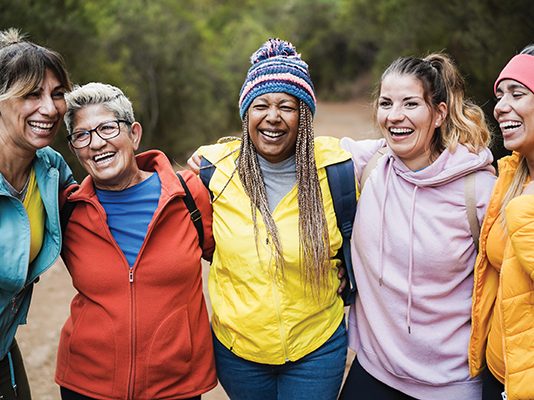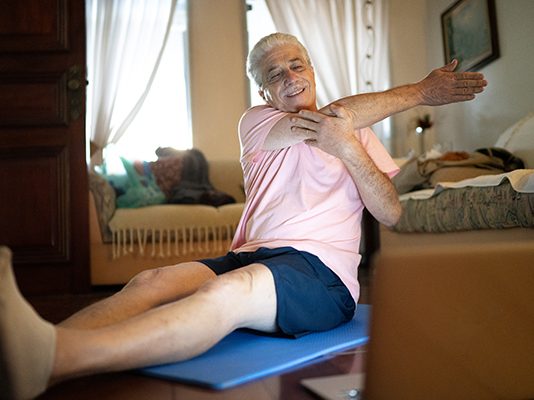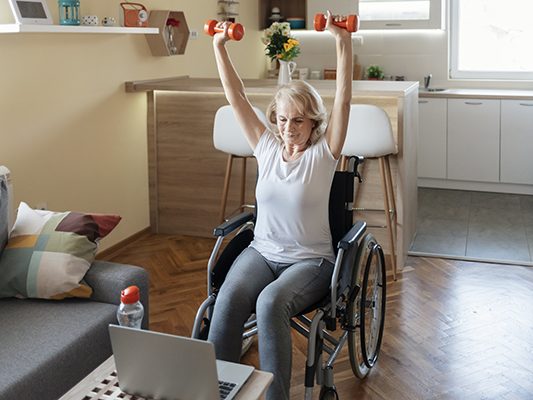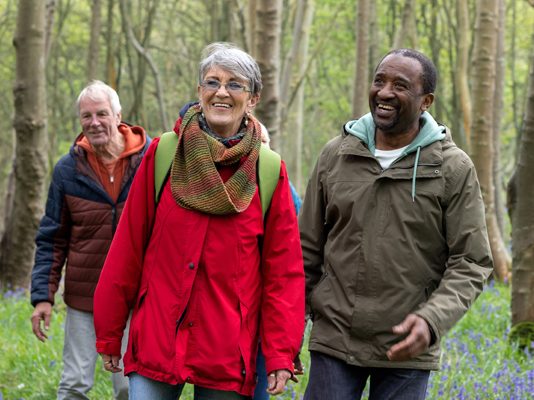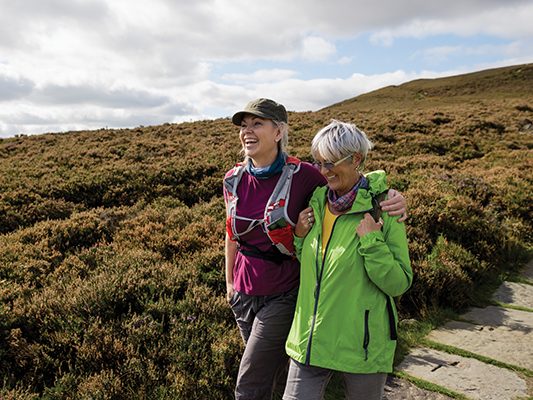
Walking is a great activity for everyone, whatever your age or ability.
Whatever your reason for walking, it’s easy to do, free and can benefit your health and wellbeing. You can fit walking into your life whether it’s walking round the garden, a short stroll to the shops or a countryside hike.
Walking is an easy form of exercise to take up and maintain.
For walking to count towards your recommended level of physical activity, you should walk at a pace that increases your breathing speed and heart rate.
Walking for just 20 minutes a day can help you feel good.
